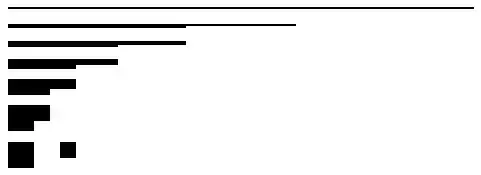I am trying to solve the following exercise:
Let $f_1=1$, $f_2=1$, $f_{n+1}=f_n+f_{n-1}$, where $n\in\mathbb{N}$. Show that $f_{2n+1}=f_{n+1}^2+f_n^2$.
I have not had much progress, but this is what I have managed to observe:
$$\sum_{k=1}^nf_{2k}=f_{2n+1}-1.$$
However, this is not of much help when trying to show the above.
Also, $f_{n+1}^2=(f_n+f_{n-1})^2=f_n^2+2f_{n+1}+f_{n-1}^2$, and $f_n^2=(f_{n-1}+f_{n-2})^2=f_{n-1}^2+2f_n+f_{n-2}^2$. But when I add these, I do not get anything that resembles the LHS above.
Do you guys have any ideas?
